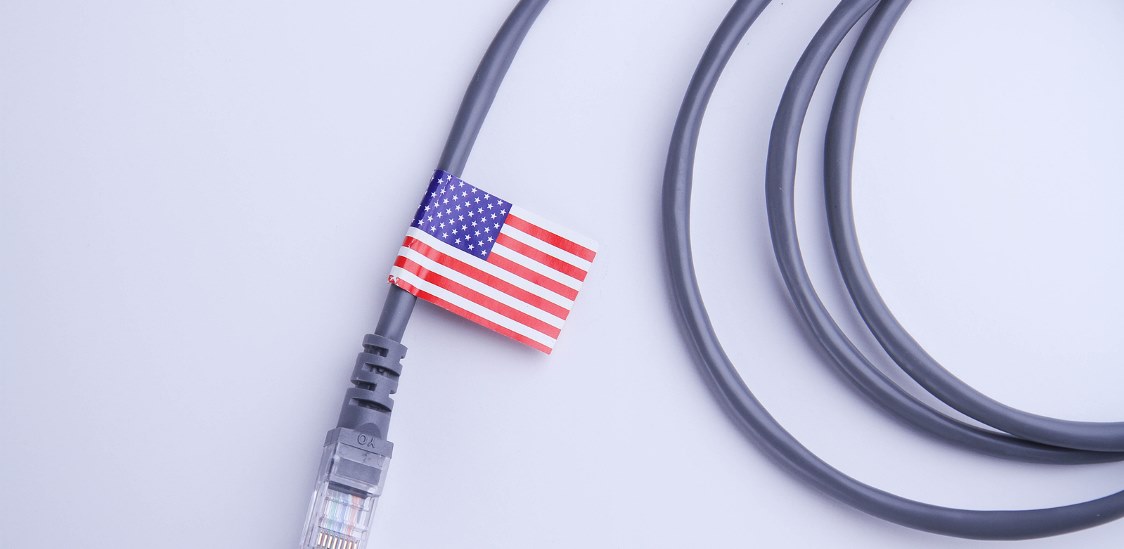This article was co-written by Lori Adams, Vice President of Broadband Policy & Funding Strategy for Nokia, and Dave Eckard, Vice President of the Broadband Partners at Nokia.
Prior to the pandemic, the biggest barrier to rural broadband deployment was finding adequate funding to expand and extend networks into the most unserved locations across the country.
Today — with over $100 billion dollars in funding being pushed into the broadband market by the federal government to close the digital divide — the most significant challenge is execution.
What’s the connection?
For example, rural and regional networks that often serve communities with the most urgent need for connectivity, are faced with labor constraints, supply chain disruptions (due to the unprecedented demand), grant application development and compliance complexities, operational challenges and more.
However, by collaborating with the right partners, rural operators can receive access to resources, expertise and support to effectively navigate the rural broadband opportunity. The right partner ecosystem can support rural operators in their funding journey, while building a deployment plan that will serve them and their communities well into the future.
The stages to building a partner ecosystem that addresses the divide
The first step in the process is to understand the framework for an operator seeking to participate in a funding program. These seven steps (broken down into three distinct phases) comprise an applicant’s journey through a funding opportunity from pre-application planning to operations.

The first three steps of “Identify, Plan and Apply” are often the most intimidating for a provider seeking funding. A grant application is very complex and time-intensive. Most applicants need some assistance navigating the various funding program requirements, creating an accurate budget and developing the most competitive application possible. Once the decision is made to seek funding, the applicant does not want to fail.
To ensure success, it is imperative that the applicant use its resources wisely. Tapping into a partner ecosystem with access to the right collective expertise for grant development is critical for success. There are many horror stories out there of applicants spending as much as $50,000 to develop an application, including engineering and budget estimates, that ultimately underwhelm the grant reviewer or the mark when it comes to a deployment plan. A grant application must tell a story completely from start to finish and through operations.
Partner ecosystems can help support the self-development of a grant application by cost-efficiently providing digital tools and resources that touch all the critical aspects of a grant application.
For example, does the technology solution meet the grant requirements? What is the plan for network operations, and does it meet sustainability requirements? Is the budget as accurate as possible? Because if more resources are needed down the road, an applicant does not get to double-dip on funding sources.
In order to convince the grant reviewer to award funding, the applicant must be confident in its assumptions and detail out a realistic plan for deployment and long-term sustainability.
On the surface, the next stage of “Receive and Procure” may seem like the easiest parts of the journey. However, there is no such thing as free government money — there’s always more to the story.
Once an applicant receives an award, it launches an entirely new set of challenges. First, there may be an environmental (NEPA) review process that must be managed before any construction kicks off. There will also most likely be long lead time issues to tackle first, such as permitting or procurement, to place orders for materials or equipment so that products arrive in time for deployment.
If the grant requires compliance with Buy America laws, there are additional risks to navigate that only a strong vendor with the ability to move global supply chains for domestic production can solve. These include a specific set of easily consumable and readily available network appliances from the home to the operator, passives and fiber that allows operators to complete the network buildout on time with quality. However, if an applicant hasn’t previously accounted for them, it can cause delays.
Procurement delays like this can derail a project before it starts, but a proper partner ecosystem can help a provider navigate supply chains through flexible options and consolidation of resources.
The final phase of the customer journey is the “Construct and Operate” stage, where the biggest risks lie for those seeking to bring these networks to life.
First – with the unprecedented level of funding – there is an equally unprecedented strain on construction resources and skilled labor available to operators. Construction companies must keep construction crews working and on the job, materials and supplies must be available when they need to be deployed in the field, etc. Supply chain delays can cause a ripple effect if it creates a situation where construction crews are idle for more than a day.
Many of the current federal grant programs have labor and workforce requirements that may be difficult for smaller regional construction companies to meet. In addition, it is a challenge right now to keep field crews fully staffed as the temptation of better paying jobs are sometimes causing workers to walk-off jobs midway through. Through partnerships with both the active and passive equipment suppliers and their distribution partners, however, construction companies are able to ensure that projects are adequately sourced.
Since most grant programs only subsize the capital expenditures (CAPEX) of a project, the operating expenditures (OPEX) of running a network are potentially overlooked in terms of the investment needed. Many new broadband companies underestimate the amount of back-office support they need to have in order to enable the integration, not only into their existing customer relationship management (CRM) tools but also to enable the activation, monitoring and care of these new networks and services.
The long-term value of building a supporting ecosystem
Partners with strong professional and care services make sure that your broadband network will support competitive services by leveraging the experience, knowledge and data from hundreds of broadband networks deployed worldwide to keep your network healthy, maximize network ROI and reduce network OPEX.
It does not stop there.
Broadband providers facing unrelenting demand need to enhance, optimize and upgrade networks with automation. To stay ahead of competitors, providers also need to provide faster speeds, increased capacity, new services and low costs.
Data-driven augmented intelligence helps care teams take more accurate problem-solving actions much faster and operators. Partners who can bring powerful AI/ML algorithms and automation capabilities that can diagnose network quality and performance and address potential network problems before they impact service quality help lower the operational costs of the network.
Overall, a healthy partner ecosystem is key to maximizing resources and working smarter and not harder. By working with partners, operators of all sizes can have access to robust supply chains, the latest access technology and enhanced customer experience to ensure that these networks remain an asset for generations to come.

David Eckard is currently the Vice President of the Broadband Partners at Nokia overseeing the company’s response to the historical influx of capital from the various federal and state funding programs that aims to close the digital inequities in our country. Since 1999, David has been a key contributor, advocate and industry leader for the creation and adoption of fiber access in the United States and around the world. He brings a unique multi-disciplinary perspective to the industry and serves as a trusted consultant to executives, policy makers and industry decision makers on market and technology challenges. He previously has held various leadership positions in Nokia as the VP of Strategy and Technology of North America, VP of Business Strategy for the Optical Networking Product Division and the Chief Technology Officer for the Fixed Networks division. He has overseen the development and investment of key enabling technologies that has allowed Nokia to be a trusted partner for next generation fiber networks. He is a Distinguished Member of the Technical Staff, holds many patents in optical access technologies, has represented Nokia in standardization forums for next generation optical access networks and resides on the boards of various trade associations representing Nokia.

Lori Adams currently serves as the Vice President of Broadband Policy & Funding Strategy for Nokia and is a key member of the Nokia Government Affairs Americas Team. In her role, Adams is responsible developing strategies and tools to enable increased company participation in state, federal, and international programs supporting infrastructure deployment by Nokia’s business organizations. Adams is a highly skilled telecommunications attorney and senior executive with more than twenty years’ experience and a successful track record in the government and private sector. This includes extensive experience with business development, federal, state, and local telecommunications issues, legal and regulatory matters, grant funding, municipal broadband, strategic planning, project management for large complex projects, public policy, government affairs, lobbying and public speaking. Adams has a Bachelor of Arts in anthropology from the American University and is an honors graduate of the University of Baltimore School of Law.






















